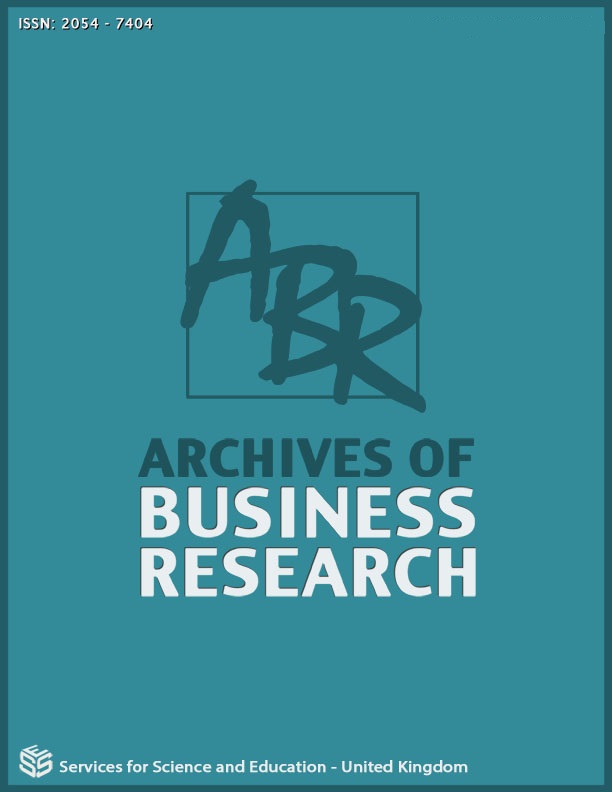The Impact of Digital Transactions on Employees' Performance at University of Hail
DOI:
https://doi.org/10.14738/abr.1010.13296Keywords:
Digital transactions, employees’ performance, higher education, Saudi ArabiaAbstract
This study aims at investigating the impact digital transactions on employees’ performance at the university of Hail in Saudi Arabia. The main purpose of the study is to investigate the impact of adoption a digitalized work system by administrators at University of Hail in increasing employees' performance. Descriptive analytical approach was implemented using survey questionnaire. The sample of the study consisted of (200) male and female administrators selected using simple random sampling procedure. The result showed that there is a significant correlation between the implementation degree of digital transactions at University of Hail and employees' performance. In light of the results, the following recommendations
were suggested:
-University of Hail needs to take more consideration to capitalizing the advantages of using digital transactions as one of the major variables having a positive impact on employees' performance.
-Keeping abreast with new technological advances in digital transaction is a must if higher education institutions wish to be well informed about the changes worldwide.
-Engaging employees in the implementation of digital transactions in the various deanships, administrations and departments at University of Hail ensures a full adoption of such a modern technology, which will, in turn, have a positive impact on employees' performance.
Downloads
Published
How to Cite
Issue
Section
License
Copyright (c) 2022 Hammad Alshammari, Mohammad Alturifi

This work is licensed under a Creative Commons Attribution 4.0 International License.






